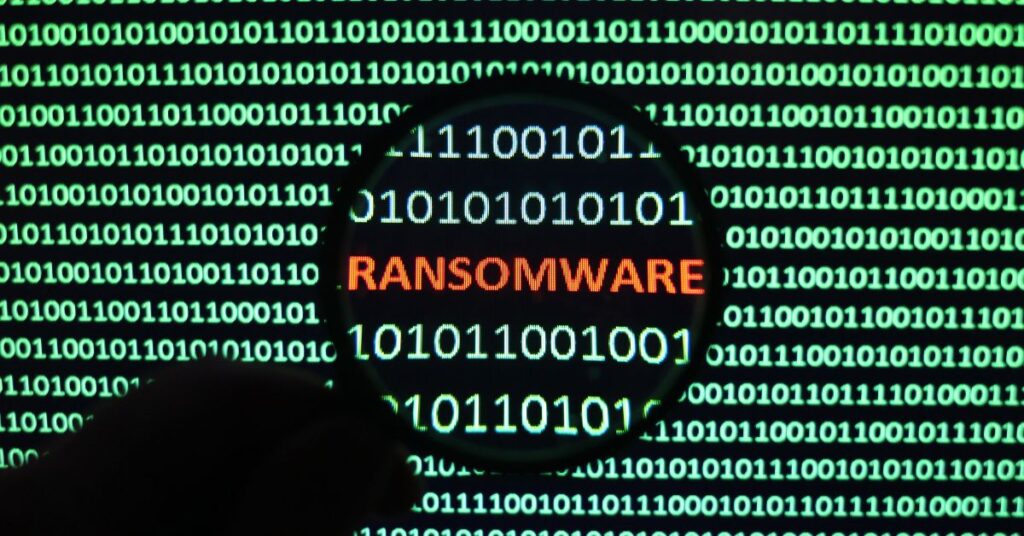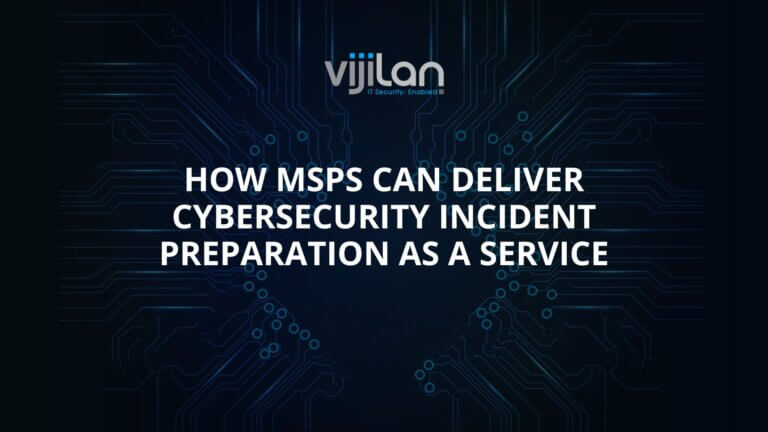Most Active Ransomware Variants
Ransomware attacks have been on the rise in recent years, causing significant financial losses and operational disruptions for businesses of all sizes. With the increase in remote work and cloud adoption, organizations are becoming more vulnerable to these attacks, which are becoming more sophisticated and challenging to detect.
In this blog post, we will analyze the most active variants and how they operate, based on data gathered from our threat intelligence and incident response teams at Vijilan Security.
Ryuk
- Ryuk is a ransomware variant that first appeared in August 2018 and has since become one of the most active and prevalent strains. Ryuk is known for its high ransom demands, which can range from hundreds of thousands to millions of dollars. Ryuk is often spread through phishing emails and exploits vulnerabilities in unpatched systems.
REvil/Sodinokibi
- REvil, also known as Sodinokibi, is a ransomware variant that has been active since April 2019. It has been associated with numerous high-profile attacks on large organizations, including a recent attack on software provider Kaseya that impacted hundreds of businesses. REvil has often distributed through phishing emails and exploits vulnerabilities in remote access tools.
Conti
- Conti is a relatively new ransomware variant that first emerged in December 2019. It has quickly gained notoriety for its sophisticated encryption methods and high ransom demands. Conti is often spread through phishing emails and exploits vulnerabilities in unpatched systems.
Maze
- Maze is a ransomware variant that has been active since May 2019. It is known for its use of double extortion tactics, where the attackers not only encrypt the victim’s data but also threaten to release sensitive information if the ransom is not paid. Maze is often distributed through phishing emails and exploits vulnerabilities in unpatched systems.
LockBit
- LockBit is a relatively new ransomware variant that first emerged in September 2019. It has gained notoriety for its speed and efficiency, with some attacks taking just a few hours to complete. LockBit is often distributed through phishing emails and exploits vulnerabilities in unpatched systems.
Conclusion:
Ransomware attacks continue to be a major threat to organizations of all sizes. It is essential to keep systems and software up to date with the latest security patches and to educate employees on how to recognize and avoid phishing emails. Additionally, having a robust backup and disaster recovery plan in place can help mitigate the impact of a ransomware attack. If you suspect that your organization has been targeted, it is essential to contact a qualified incident response team immediately to minimize the damage and prevent further spread of the malware. At Vijilan Security, we are committed to providing our clients with the latest threat intelligence and incident response services to protect their businesses from ransomware and other cyber threats.




